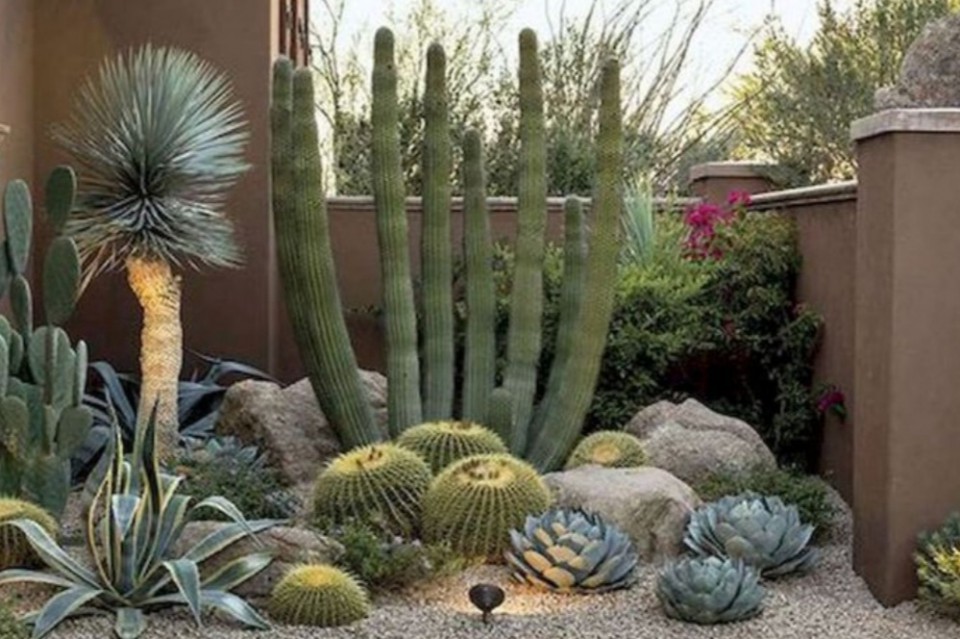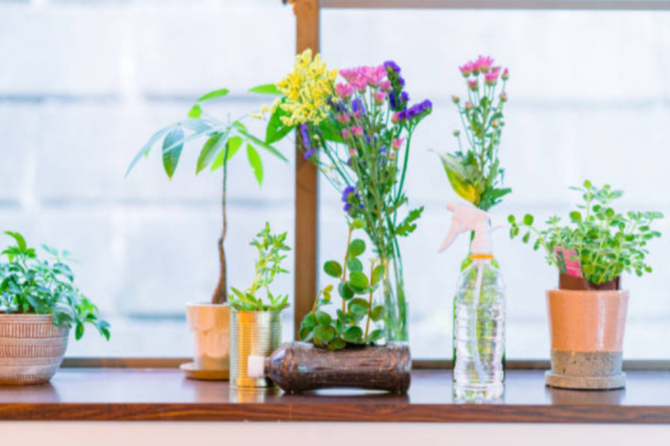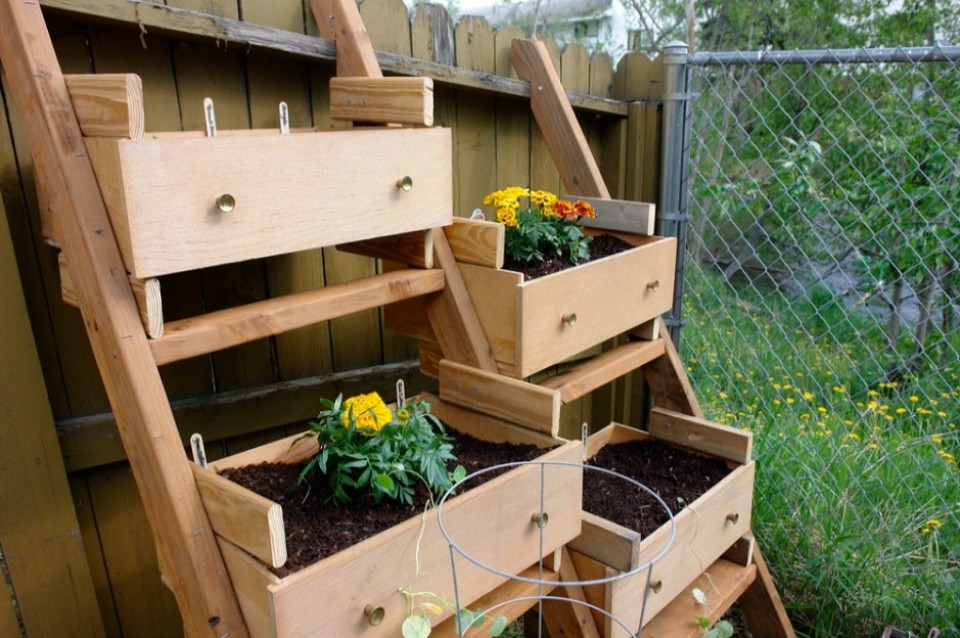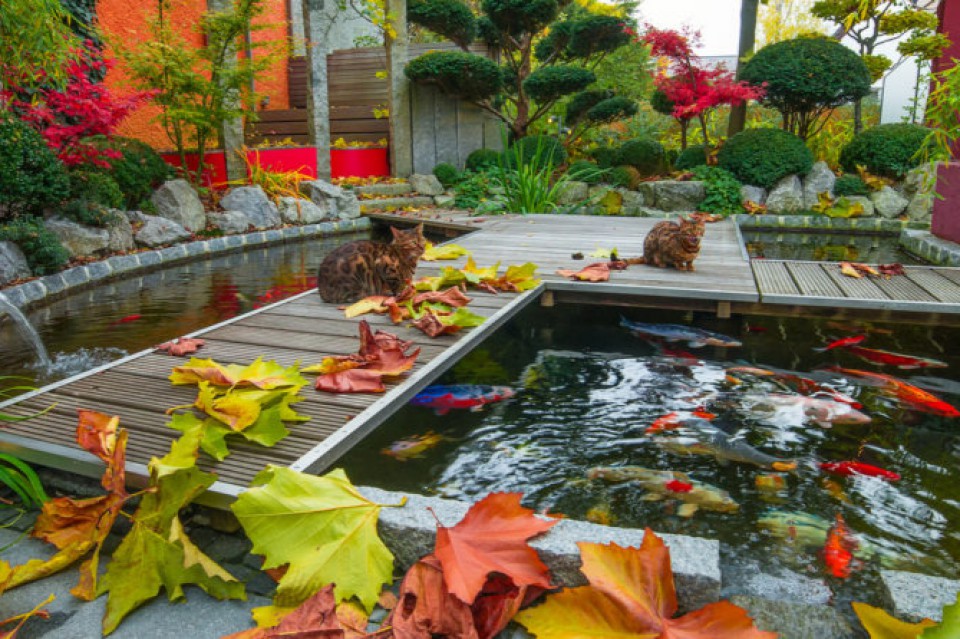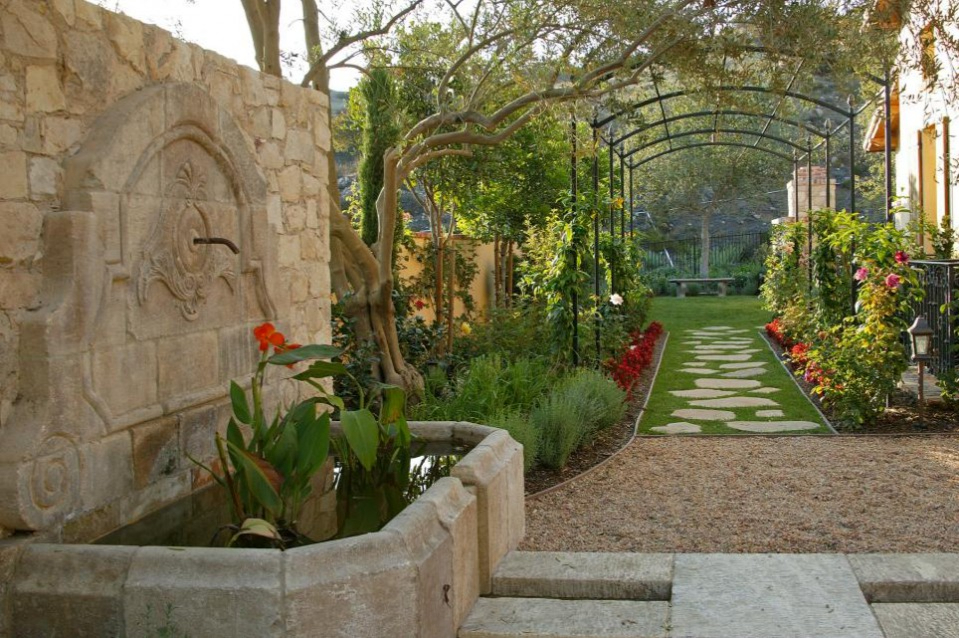Complete Guide to Home Gardening: Easy Ways to Grow Plants at Home for Beginners
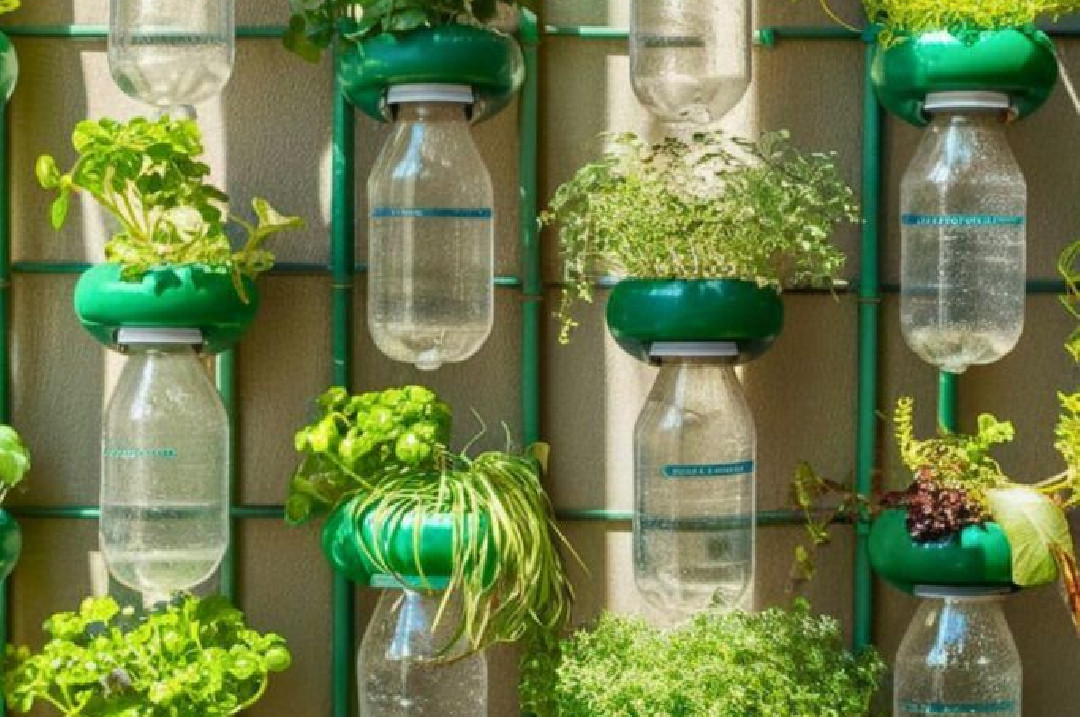
Home gardening or what can be interpreted as gardening at home is increasingly popular, especially after the 2021 Covid-19 pandemic. Apart from planting plants at home can beautify the house, growing your own plants can also be a relaxing and useful activity. By gardening at home, you can also grow your favorite vegetables, fruit or ornamental plants that you can enjoy every day. The following is a guide that you might be able to use to do home gardening as a beginner.
1. Determine the type of plant you want to plant

The first step to starting home gardening is to choose what type of plants suit the conditions of your home and your needs. There are several types of plants that are likely to be suitable for growing at home, such as:
- Ornamental plants: This type of plant will be suitable for beautifying a room and improving the air quality in the environment where you plant these plants, plants that you can plant such as monstera, cactus, mother-in-law's tongue, and pothos.
- Herbal plants: You can also plant herbal plants such as basil, mint, rosemary and parsley. This plant is easy to care for and can be used as an ingredient in cooking.
- Vegetables and fruit: Apart from those previously mentioned, you can also grow vegetables and fruit such as tomatoes, chilies, lettuce and strawberries, which you don't need a large area of land for.
A few tips that you might be able to do. Adjust the plant to the lighting at home or where you are going to plant it. For example, cacti and succulents are better placed in areas that get lots of sunlight, while plants such as pothos and monstera can grow well in rooms with minimal light.
2. Choose the Right Location

Determining the location for planting is an important step in home gardening. There are some types of plants that need direct sunlight, while others are better suited to being placed in a shady area. If you have a balcony or outdoor area, this place can be used to grow plants that need a lot of light. For indoor rooms, place the plant near a window or an area that gets indirect sunlight.
Tips:
- Vegetable and fruit plants usually need at least 6-8 hours of direct sunlight every day.
- If there is not enough natural light, you can use a grow light as a substitute for sunlight.
3. Use the Right Pot and Planting Media

Inappropriate selection of pots and planting media will affect the final results or development of the plant itself. Choose a pot that has drainage holes in the bottom so that water can flow out, this can also prevent the plant from root rot. A good planting medium can be seen from its absorption capacity, this is because a good planting medium can absorb water well but still has air circulation.
Tips:
- For indoor plants, you can use a light planting media mixture, such as compost soil mixed with sand or perlite.
- Change or update the planting media every few months, this aims to maintain the quality of the soil used for growing plants.
4. Water the Plants Properly

Watering is also something you have to pay attention to when planting plants, because giving too much water can cause the plant roots to rot. Proper watering is the key to healthy plant growth. On the other hand, don't let the soil get too dry, especially for vegetable and fruit plants.
Tips:
- For plants such as succulents or cacti, you can water them about once a week or as needed when the soil really looks dry.
- Larger plants or ornamental leaf plants will usually require more regular watering, but make sure the water doesn't stagnate.
5. Give Fertilizer Regularly

Apart from giving water to the plants, don't forget to fertilize the plants because it will provide additional nutrients that the plants need. For plants that are in pots, you can use liquid fertilizer, usually it is more practical to use, while for outdoor plants you can use organic fertilizer or compost depending on what you need .
Tips:
- You can apply fertilizer every 2-4 weeks, depending on the type of plant.
- Make sure not to give the plant too much fertilizer, as this can cause the plant to 'burn' or stress.
6. Pay attention to air humidity

Many ornamental plants come from areas with tropical climates, such as monsteras and orchids, and require quite high humidity. If your room tends to be dry, you can use a humidifier or spray water around the plants.
Tips:
- By placing several plants together you can create an area with higher humidity.
- To maintain humidity, you can also put wet gravel under the pot or use a tray filled with water.
7. Control Pests and Diseases

Pests and diseases can be a common problem in home gardening, especially if you focus on growing vegetables or fruit. There are several pests that you will often encounter on house plants, namely aphids, caterpillars and fungi.
Tips:
- Check the plants you are planting regularly and take immediate action if you find signs of pests or even disease.
- You can use a mild soap solution or useful oil as a natural pesticide to repel pests without damaging plants.
8. Move the Plant to a Larger Pot If Necessary

As time goes by, plants will start to grow and require more space. When the plant looks too full in the pot or the roots are coming out of the drainage holes, that's the time to move the plant to a larger pot.
Tips:
- Move the plant to a slightly larger pot than before, so as not to stress the roots due to the change.
- The best time for repotting is usually early spring or the growing season.
9. Take Advantage of Technology for Plant Care

Currently the use of technology is very advanced, you can use this technology to care for plants more effectively. can be an aid in caring for plants at home. Currently, there are many applications that can help you find out what your plants need, from watering schedules to the lighting required.
Tips:
- Use an app like PlantSnap or Blossom to identify plant types and care for them.
- Some applications can also remind you when to water or fertilize plants.
Conclusion
Gardening at home is an activity that has many benefits and can make the house feel more alive. By paying attention to the type of plant, location and appropriate care, you can enjoy the beauty of the plant while also getting the benefits from the plant you planted yourself. Apart from being greener, home gardening can also help create a healthier and more comfortable environment in your home.


